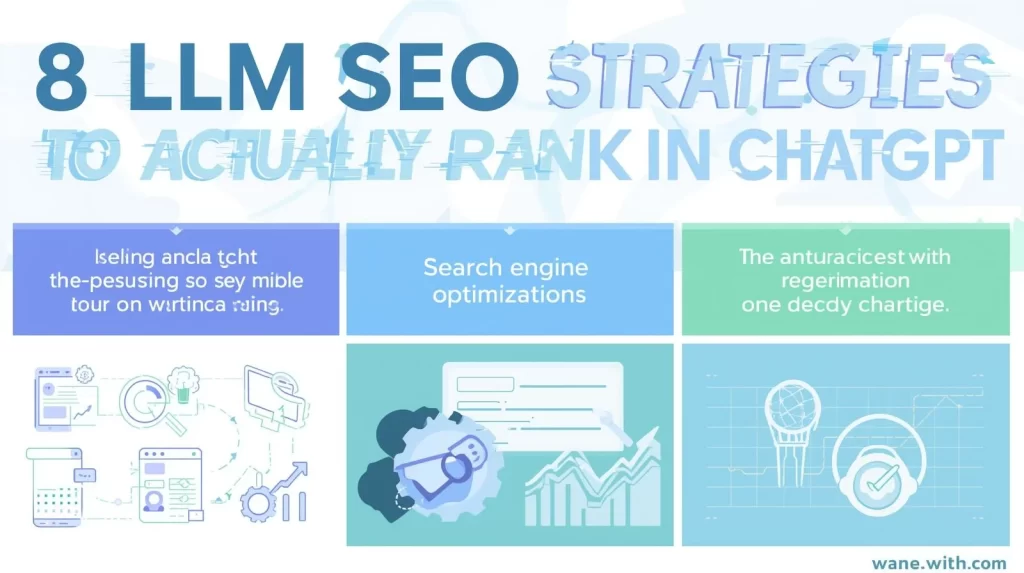If you’ve noticed that people don’t just “Google” things anymore, they ask ChatGPT, you’re not alone. In fact, Chat GPT receives 2 billion queries every day. That definitely tells us that the way we search for information is changing fast.
Today, ranking high on Google is great, but showing up in ChatGPT’s answers (or other AI chatbots like Perplexity, Claude, or Gemini) can be even better. That’s where knowing what is LLM SEO becomes important.
In this guide, we, as the best digital marketing services provider, will explain what is LLM in SEO and break down 8 simple, real-world strategies that can actually help your content show up in ChatGPT’s answers. We’ll keep it light, clear, and practical, so you can start using them right away.
Let’s start with the basics.
What Is LLM SEO Anyway?
LLM SEO means Large Language Model Search Engine Optimization.
It’s about making your content easy for AI tools (like ChatGPT) to find, understand, and trust, so they might use it when generating an answer for someone’s question.
Think of it this way:
- Traditional SEO = getting found on Google.
- LLM SEO = getting mentioned or quoted by AI assistants.
As AI chatbots become people’s go-to information source, you’ll want your content to be the one they “read” and share back.
Alright, let’s dive into the eight strategies that’ll help you crack how to do LLM SEO.
Quick Glimpse
To win with LLM SEO, you should:
- Make your writing super clear and easy to scan.
- Write naturally, like you talk.
- Use schema markup and share your content widely.
- Build authority and trust so AIs want to cite you.
- Keep your content updated and fresh.
- Make sure AI bots can access your site.
- Track where you’re mentioned and how people find you.
- Keep experimenting and improving.
These steps might sound simple, but together, they make a huge difference.
1. Write in a Way That’s Easy for AI (and Humans) to Read
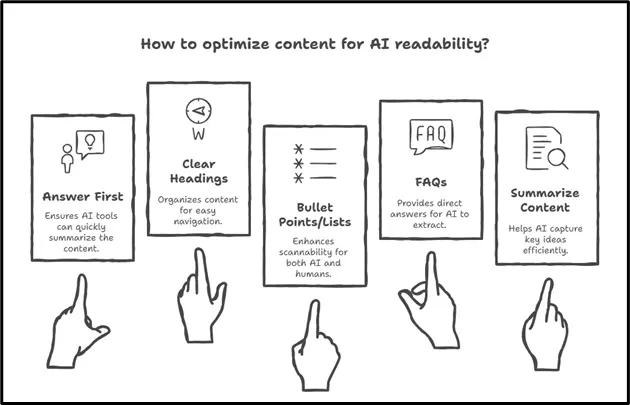
Image 1.1. The 5 ways to make your content AI readable.
The first step of how to do LLM SEO is making your content simple for AI to understand.
Remember, AI models “read” your page the same way people do, they like clear organization and short sections.
Here’s how to make your posts LLM-friendly:
- Start with the answer first.
Open your article or section by answering the main question right away. AI tools often pull those first lines into summaries.
- Use clear headings.
Break your post into sections with descriptive H2 or H3 titles. Example: “How to optimize content for LLM SEO.”
- Add bullet points and lists.
Both readers and AIs love lists. They’re easy to skim and quote.
- Include FAQs.
Add a short FAQ section at the end with direct Q&A pairs. ChatGPT often pulls those answers directly.
- Summarize your content.
A short TL;DR (summary) at the top or bottom helps AIs capture your key ideas quickly.
In short: make your content clean, scannable, and structured like you’re teaching a friend.
2. Use Real Language, Not Just Keywords
In the old days of SEO, people stuffed keywords everywhere (almost, ten times in one paragraph). That doesn’t work anymore.
Instead, LLM SEO rewards natural, conversational language.
Think about how someone would ask a chatbot their question. That’s a lot more natural than the usual keywords.
Considering Semrush’s recent study that says that AI search visitors will surpass the traditional search visitors in 2028, you need to keep learning more about what is LLM SEO (to stay relevant, offcourse!).
Here’s what to do:
- Write in full, conversational sentences.
- Include different ways of saying your topic (synonyms and related phrases).
- Cover related questions or subtopics people might ask.
- Use examples and stories. It helps AIs connect the dots.
Basically, you want your article to feel like a mini-guide that answers every version of your reader’s question.
3. Use Schema and “LLM Seeding”
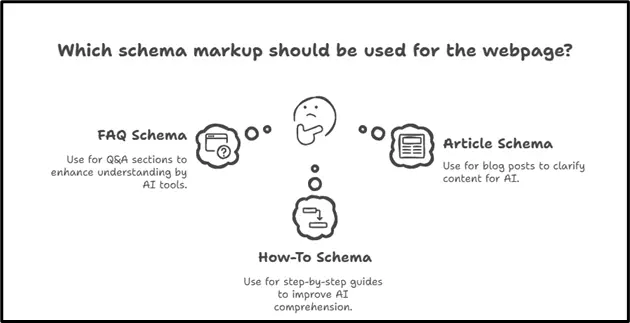
Image 1.2. Schema markups to use for web page
This one sounds technical in the overall concept of what is LLM in SEO, but don’t worry, it’s easy once you know why it matters.
LLMs (like ChatGPT) use data from all over the web to form their answers. The easier it is for them to read and understand your page, the more likely they’ll use it.
- Add Schema Markup
Schema is little bits of code you add to your page (called structured data). It helps Google and AI tools know exactly what’s on the page.
For example:
- Use “FAQ Schema” if you have a Q&A section.
- Use “How-To Schema” for step-by-step guides.
- Use “Article Schema” for blog posts.
You don’t have to be a coder. Many SEO plugins (like Rank Math or Yoast) make it one click.
- Try “LLM Seeding”
It means publishing your content on platforms that AI models are likely to see, like Medium, LinkedIn, or guest blogs on well-known sites.
By spreading your content to places LLMs crawl often, you increase the odds of them “learning” from your content and referencing it later.
Think of it as planting seeds for future AI mentions.
4. Make Your Content “Citable”
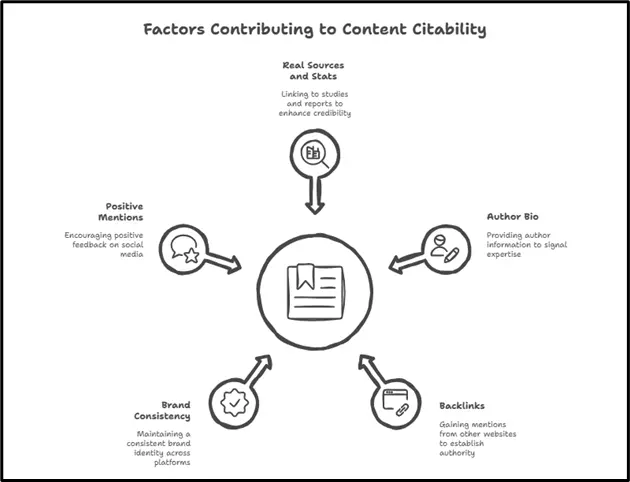
Image 1.3. Factors that affects the content citability
If ChatGPT is going to quote someone, it’ll choose the source that looks most trustworthy.
So your job is to make your site and content look worth quoting.
Here’s how to do LLM SEO in a way that your site shines:
- Add real sources and stats.
Link to studies, reports, or trusted data. It makes you sound credible (and AIs notice).
- Show who wrote it.
Add an author bio or “about the expert” box. It signals expertise.
- Get other websites to mention you.
Backlinks, guest posts, and brand mentions help AIs see you as an authority.
- Stay consistent.
Keep your brand name, logo, and tone consistent everywhere you appear online.
- Encourage positive mentions.
When people talk about you positively on Reddit, Twitter, or forums, that reputation can reach AI systems too.
Being citable means ChatGPT can confidently say, “According to [Your Website]…”
That’s the dream.
5. Keep Your Content Fresh
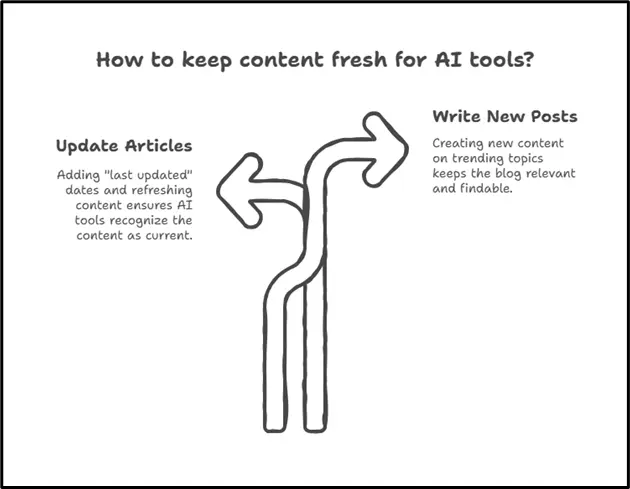
Image 1. 4. Two ways to keep content fresh
AI tools love content that’s current.
If your post hasn’t been updated since 2021, ChatGPT might skip it in favor of something newer.
Here’s how to show freshness:
- Add “last updated” dates on your articles.
Refresh your posts every few months. Update examples, stats, and screenshots.
- Write new posts about trending topics in your niche.
Remove outdated info that could confuse readers or AIs.
Basically, don’t let your blog gather dust. If it’s fresh, it stays findable.
6. Let AI Crawlers Access Your Content
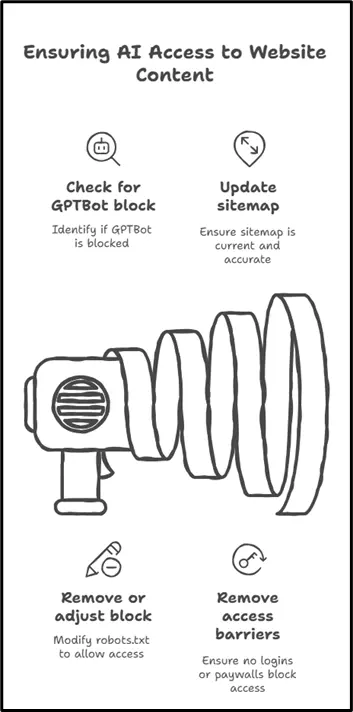
Image 1.5. How to enable AI access to content
Did you know you can accidentally block ChatGPT from reading your site?
Some websites block “GPTBot” (ChatGPT’s crawler) in their robots.txt file without realizing it.
You can fix that in minutes:
- Go to yourwebsite.com/robots.txt.
- Look for a line that says Disallow: / under “GPTBot” or “OpenAI.”
- If it’s there, remove or adjust it so the bot can access your public content.
Also, keep your sitemap updated and make sure your pages aren’t hidden behind logins or paywalls.
If ChatGPT can’t see your pages, it definitely can’t quote them.
7. Watch for When (and Where) You’re Mentioned
Once you start doing LLM SEO, you’ll want to know if it’s working.
Here’s how to keep tabs on your progress:
- Check your analytics.
Look for visitors coming from domains like chat.openai.com, perplexity.ai, or claude.ai. That’s LLM traffic!
- Search your brand in AI tools.
Try asking ChatGPT questions related to your content and see if it mentions or quotes you.
- Track mentions with alerts.
Use tools like Google Alerts, Mention, or Ahrefs to catch when your brand or site is mentioned on other websites.
- Compare your competitors.
If someone else keeps getting cited, look at how their content is structured and learn from it.
You might not see instant results, but even small mentions mean you’re on the right path.
8. Test, Experiment, and Keep Learning
LLM SEO is new and constantly evolving. What works this month might shift next month as AI tools update their models.
So, treat it like an experiment.
Try things. Track them. Adjust. But don’t ignore it.
Here are a few fun ways to experiment:
- Ask ChatGPT directly.
Type in your target question. See what it includes, and what’s missing. Then fill those gaps in your content.
- Test different formats.
Try one post with FAQs, one without. One short and direct, another longer and detailed. See which gets more traction.
- Create small answer pages.
Make mini blog posts that directly answer one question each. These often show up in AI answers.
- Update regularly.
Add new sections, stats, or visuals, and see if that changes your visibility.
The goal is to keep improving little by little.
Common Pitfalls to Avoid
Just to help you steer clear of mistakes:
Black-box reliance
Don’t rely purely on AI content generation. Many experts warn that fully AI-generated content may lack originality or depth.
Blocking crawlers accidentally
A robots.txt or misconfigured canonical tag can ruin your visibility.
Overstuffing with the keyword “LLM SEO”
Use it naturally, don’t force it.
Ignoring site performance / technical SEO
Your site still needs to pass basic SEO hygiene (speed, mobile, security).
Not evolving your strategy
LLMs change. What works today may need tweaks tomorrow.
Chasing too many prompts at once
Focus on a few key ones rather than being everywhere.
A Quick Example
Let’s imagine Sarah runs a blog about small-business marketing. She wants to appear in ChatGPT answers for “how to promote a local business.”
Here’s what she does:
- She writes an article that starts with a clear, short answer.
- She uses headings, bullet points, and FAQs.
- She adds fresh examples and updates it every few months.
- She enables AI bots to crawl her site.
- She posts the same content on Medium and LinkedIn.
- She keeps track of mentions using Google Alerts.
After a while, ChatGPT starts referencing her blog when people ask about small business promotion.
That’s what is LLM SEO success in action.
Final Thoughts
LLM SEO isn’t about gaming the system. It’s about writing high-quality, easy-to-understand content that helps real people, and making sure AI can see it, trust it, and use it.
If you focus on clarity, credibility, and consistency, you’ll naturally become part of the answers people see in ChatGPT and other AI tools.
Remember, AI wants to learn from the best sources.
Your job is to make sure your content looks like one of them.
So start with one article, apply these eight strategies, and keep improving from there.
You’ll not only rank higher, you’ll stay relevant in the age of AI search.
If you’re looking for AI-powered SEO services experts, Wildnet is the place to go. Get in touch with us today.
FAQs
Question 1. What exactly is LLM SEO, and how is it different from traditional SEO?
Answer: LLM SEO (Large Language Model SEO) is optimizing your content so AI systems like ChatGPT, Gemini, or Claude can find it, understand it, and use it when answering users’ questions. Unlike traditional SEO, which focuses on keywords, backlinks, and ranking in search results, LLM SEO cares about being cited or surfaced in AI-generated answers.
Question 2. How do I structure content so that ChatGPT might quote or reference it?
Answer: Use a “clear and scannable” layout. Answer-first intros, descriptive headings, bullet lists, FAQs, and short summary sections. Also, apply schema markup (FAQ, HowTo, Article, etc.) so AI tools can better parse your content.
Question 3. Can I track whether my content is being used in ChatGPT / AI answers?
Answer: Yes. You can monitor traffic sources (look for referrals from domains like chat.openai.com or other AI platforms), manually test prompts in ChatGPT to see if it cites you, and use brand-mention tools/alerts to see when your content is referenced elsewhere.
Question 4. Do I need to update content often for LLM SEO?
Answer: Definitely. Freshness helps. If your content has outdated facts or old examples, AI systems may skip it in favor of more current sources. Mark “last updated” dates, refresh key stats or sections regularly, and stay active with trend-driven content.
Question 5. Can I use AI tools to help me with LLM SEO (writing, structuring, etc.)?
Answer: Yes, as long as you do it carefully. Use AI to brainstorm, draft, or suggest structure, but human vetting is vital. Make sure your content is accurate, adds original insight, cites real sources, and passes your own quality check.
Read More:
- How LLMs.txt Could Shape the Future of AI Content Governance and SEO?
- What is LLMs.txt & Why Does It Matter in the AI Search Age?
- Cracking AI Search: Measure & Boost Your Brand Visibility
- Google’s AI Overviews: The New Evolution of AI Search Optimization
- ChatGPT Shows Your Rival, Not You? The Reason is Bing Webmaster Tools
- How Does ChatGPT Help With Search Engine Optimization?
- Content Marketing Strategy for AI Users – ChatGPT, Perplexity & SGE
- ChatGPT SEO vs. Traditional SEO: Who Wins the SEO Battle?
